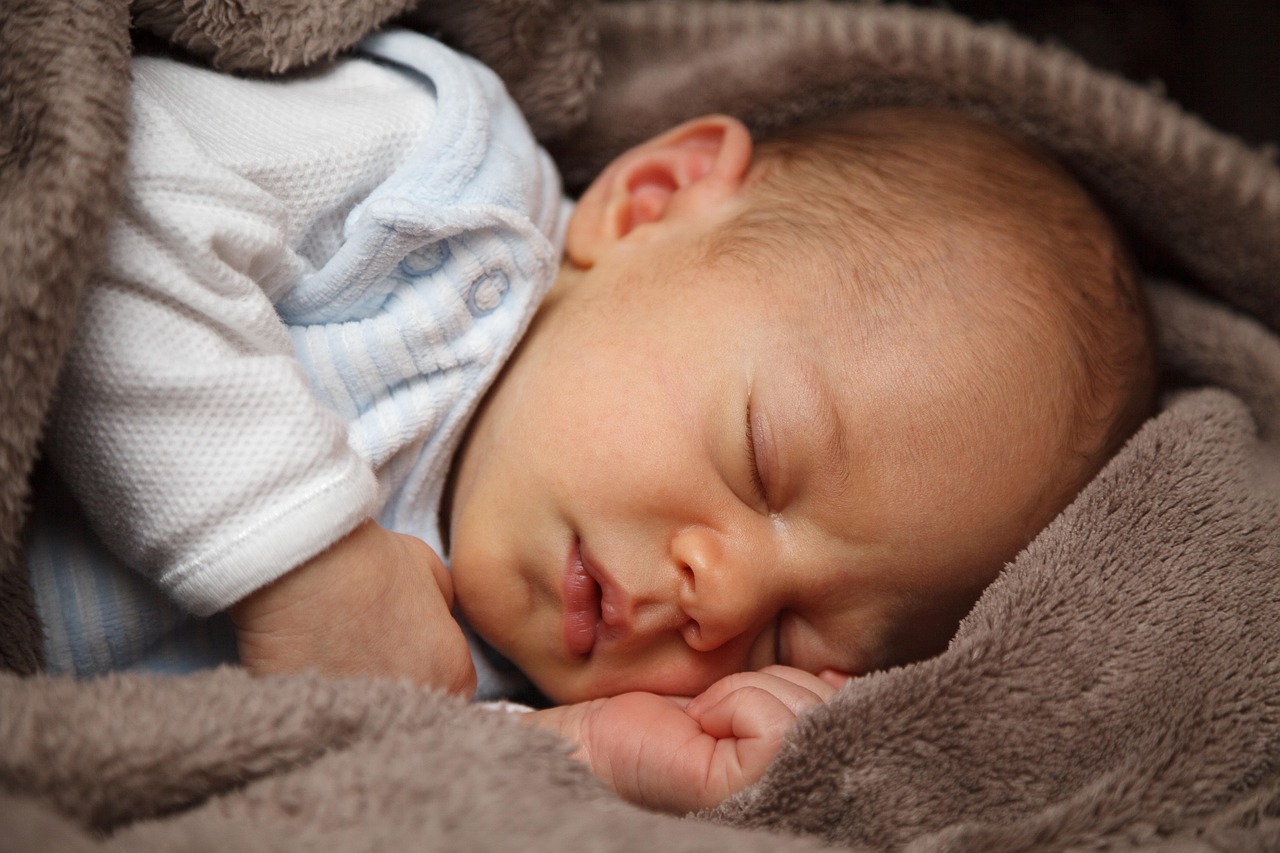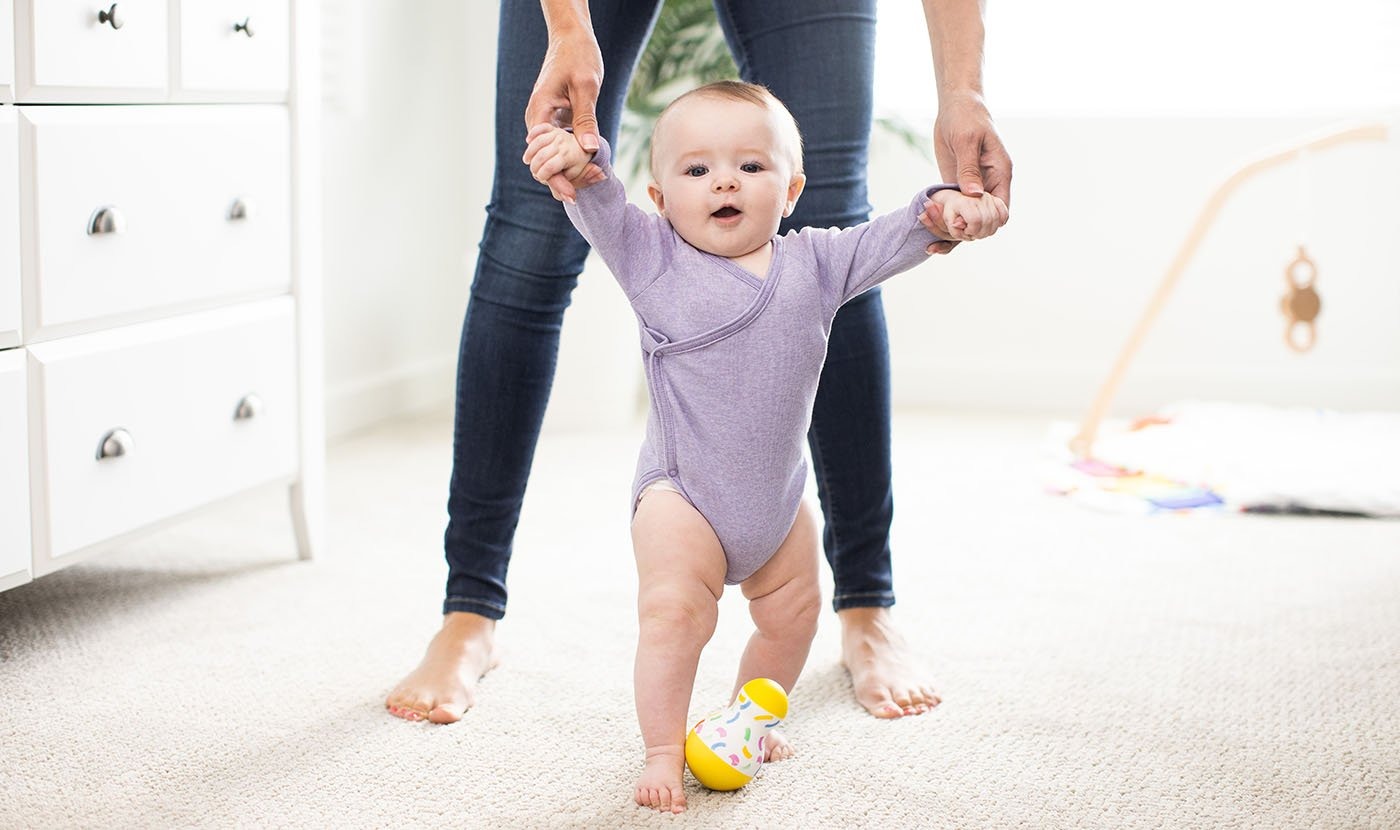Introduction: The Sleep-Deprived Parent’s Reality Check
If you’re reading this at 3 AM while rocking a wide-awake baby, you’re not alone. The desperate search for effective baby sleep training methods 2025 has become a nightly ritual for millions of parents. But what if I told you that the latest research has revolutionized how we approach infant sleep?
The 2025 sleep training landscape looks dramatically different from just a few years ago. Groundbreaking studies from Stanford’s Pediatric Sleep Center and the American Academy of Sleep Medicine have debunked old myths while validating new, gentler approaches. As Dr. Elena Martinez, lead researcher at the National Sleep Foundation, explains: “We’re moving away from one-size-fits-all solutions toward personalized sleep strategies that honor both the baby’s needs and parental instincts.”
In this comprehensive guide, we’ll explore seven science-backed baby sleep training methods that are delivering real results for exhausted families in 2025. But first, let’s address the elephant in the room…
Why 2025 Sleep Training Methods Are Different
The biggest shift in baby sleep training methodology comes from our understanding of infant brain development. Recent fMRI studies show that babies’ sleep-wake cycles are far more complex than previously thought. “We now know that sleep training isn’t about teaching babies to sleep,” says Dr. Martinez. “It’s about creating the optimal conditions for their natural sleep abilities to flourish.”
The 2025 approach focuses on three key principles:
- Biological timing – Working with circadian rhythms rather than against them
- Temperament matching – Customizing methods to your baby’s unique personality
- Parental consistency – The surprising factor that matters more than the specific method chosen
The 7 Science-Backed Baby Sleep Training Methods of 2025
Method 1: Responsive Settling Technique (RST)
The Science Behind It: Developed at Harvard’s Child Development Center, RST combines attachment theory with sleep science. Unlike cry-it-out methods, RST focuses on responding to cues before crying escalates.
How It Works:
- Phase 1: Identify early sleep cues (eye-rubbing, decreased activity)
- Phase 2: Implement a 15-minute wind-down routine
- Phase 3: Use graduated presence – staying nearby but reducing interaction
- Phase 4: Respond immediately to distress, but minimally to fussing
2025 Update: New research shows RST reduces cortisol levels in both babies and parents by 40% compared to traditional methods.
Best For: Parents who want a gentle approach, babies 4-9 months old
Success Timeline: 10-14 days for noticeable improvement
Method 2: Chrono-Biological Sleep Training
The Science Behind It: This method leverages the latest research on infant circadian rhythms. A 2024 study in Sleep Medicine found that timing interventions to match natural melatonin production increases success rates by 60%.
How It Works:
- Track your baby’s natural sleep windows using a sleep app
- Schedule sleep training during optimal biological times
- Use light exposure to reset circadian rhythms
- Implement temperature-controlled sleep environments
2025 Innovation: Smart sleep wearables now automatically adjust room conditions based on real-time sleep data.
Best For: Tech-savvy parents, babies with irregular sleep patterns
Success Timeline: 7-10 days with proper timing
Method 3: The 3-Minute Check-In Method
The Science Behind It: An evolution of Ferber that incorporates new understanding of separation anxiety. Research shows that predictable check-ins reduce stress hormones while promoting self-soothing.
How It Works:
- Put baby down awake but drowsy
- Leave the room and wait 3 minutes
- Brief check-in (30 seconds max) without picking up
- Gradually extend intervals by 2 minutes each night
2025 Refinement: The intervals are now customized based on the baby’s temperament rather than using fixed times.
Best For: Parents comfortable with some crying, babies over 6 months
Success Timeline: 5-7 nights for significant improvement
Method 4: Co-Sleeping to Independent Sleeping Transition
The Science Behind It: Recognizing that many families start with co-sleeping, this method provides a structured transition. A 2025 international study found that gradual transitions reduce sleep anxiety by 70%.
How It Works:
- Week 1: Side-car crib arrangement
- Week 2: Crib in same room, hand-holding comfort
- Week 3: Crib in room, verbal comfort only
- Week 4: Independent sleeping in own room
Safety Note: Always follow AAP safe sleep guidelines during transitions.
Best For: Co-sleeping families, toddlers transitioning to big-kid beds
Success Timeline: 3-4 weeks for complete transition
Method 5: Sensory Integration Sleep Training
The Science Behind It: Based on occupational therapy principles, this method addresses sensory processing differences that affect sleep. Approximately 15% of babies have sensory sensitivities that interfere with sleep.
How It Works:
- Identify sensory preferences (touch, sound, movement)
- Create customized sensory sleep environment
- Use weighted sleep sacks (2025-approved safe versions)
- Implement proprioceptive activities before bedtime
2025 Innovation: AI-powered apps now analyze baby’s responses to suggest perfect sensory combinations.
Best For: Sensitive babies, those with reflux or colic
Success Timeline: 2-3 weeks with consistent implementation
Method 6: Nutrition-Based Sleep Optimization
The Science Behind It: New research reveals the powerful connection between gut health and sleep quality. Specific nutrients can significantly impact sleep duration and quality.
How It Works:
- Timing of last feeding affects melatonin production
- Specific sleep-promoting foods for different ages
- Hydration adjustments for better sleep
- Supplementation where appropriate (pediatrician-approved)
2025 Discovery: A Stanford study identified three specific nutrients that increase sleep duration by an average of 45 minutes when properly timed.
Best For: All ages, especially babies starting solids
Success Timeline: Immediate improvements, full effect in 5-7 days
Method 7: The Parent-Child Synchronization Method
The Science Behind It: Groundbreaking research shows that parent-baby biological synchronization affects sleep. When parents regulate their own sleep, babies often follow naturally.
How It Works:
- Parents establish consistent sleep-wake cycles
- Implement shared wind-down routines
- Use biofeedback to synchronize calm states
- Practice responsive but boundaried sleep interactions
2025 Insight: Studies show this method improves marital satisfaction and reduces parental depression rates.
Best For: Families wanting a holistic approach, parents with sleep issues themselves
Success Timeline: 2-3 weeks for full family synchronization
Common 2025 Sleep Training Challenges and Solutions
Sleep Regression at 4, 8, and 12 Months
The 2025 Understanding: We now know these aren’t regressions but progression periods where brain development temporarily disrupts sleep patterns.
Solution: Ride the wave with consistent routines rather than changing methods. Most “regressions” resolve in 3-14 days with consistency.
Teething and Sleep Disruption
New Approach: Preemptive pain management and comfort measures before bedtime, rather than waiting for crying to start.
Travel and Time Zone Changes
2025 Solution: Gradual adjustment starting 3 days before travel using light therapy and melatonin-friendly activities.
The Ethical Considerations of 2025 Sleep Training
The conversation has evolved significantly regarding the emotional impact of sleep training. The 2025 consensus among child development experts emphasizes:
- Choice and flexibility: No single method works for all families
- Cultural sensitivity: Respecting diverse parenting approaches
- Mental health prioritization: Both baby’s and parents’ wellbeing matter
- Scientific validation: Basing decisions on current research rather than tradition
Technology and Sleep Training: The 2025 Landscape
Smart sleep technology has become more sophisticated and accessible:
Wearables That Help:
- Sleep trackers with AI-powered recommendations
- Smart cribs that respond to sleep states (safely and minimally)
- Environmental controllers that optimize temperature and humidity
Apps Worth Trying:
- SleepWave: Uses sound waves to encourage deep sleep
- BabyChrono: Personalizes schedules based on biological rhythms
- ParentWell: Focuses on parental consistency and mental health
When to Seek Professional Help
Despite trying various methods, some situations warrant professional intervention:
- Persistent sleep difficulties beyond 2 weeks of consistent effort
- Excessive daytime sleepiness or concerning symptoms
- Parental mental health concerns affecting consistency
- Underlying medical conditions suspected
The Future of Sleep Training: 2026 and Beyond
As we look ahead, personalized sleep medicine for infants shows promise. Genetic testing may soon help identify the optimal sleep approach for individual babies, and virtual reality sleep environments are in early development stages.
Conclusion: Your Sleep Solution Awaits
The journey to better sleep doesn’t have to be a battle. With these 2025 baby sleep training methods, you’re equipped with the latest science-backed approaches that respect both your baby’s development and your parenting values.
Remember the words of sleep researcher Dr. Michael Johnson: “The goal isn’t perfect sleep—it’s sustainable sleep that works for your unique family. Progress, not perfection, is what matters most.”
Which method resonates with your family’s values and your baby’s temperament? The beauty of 2025 sleep training options is that you can choose an approach that feels right while being confident it’s supported by current science.


